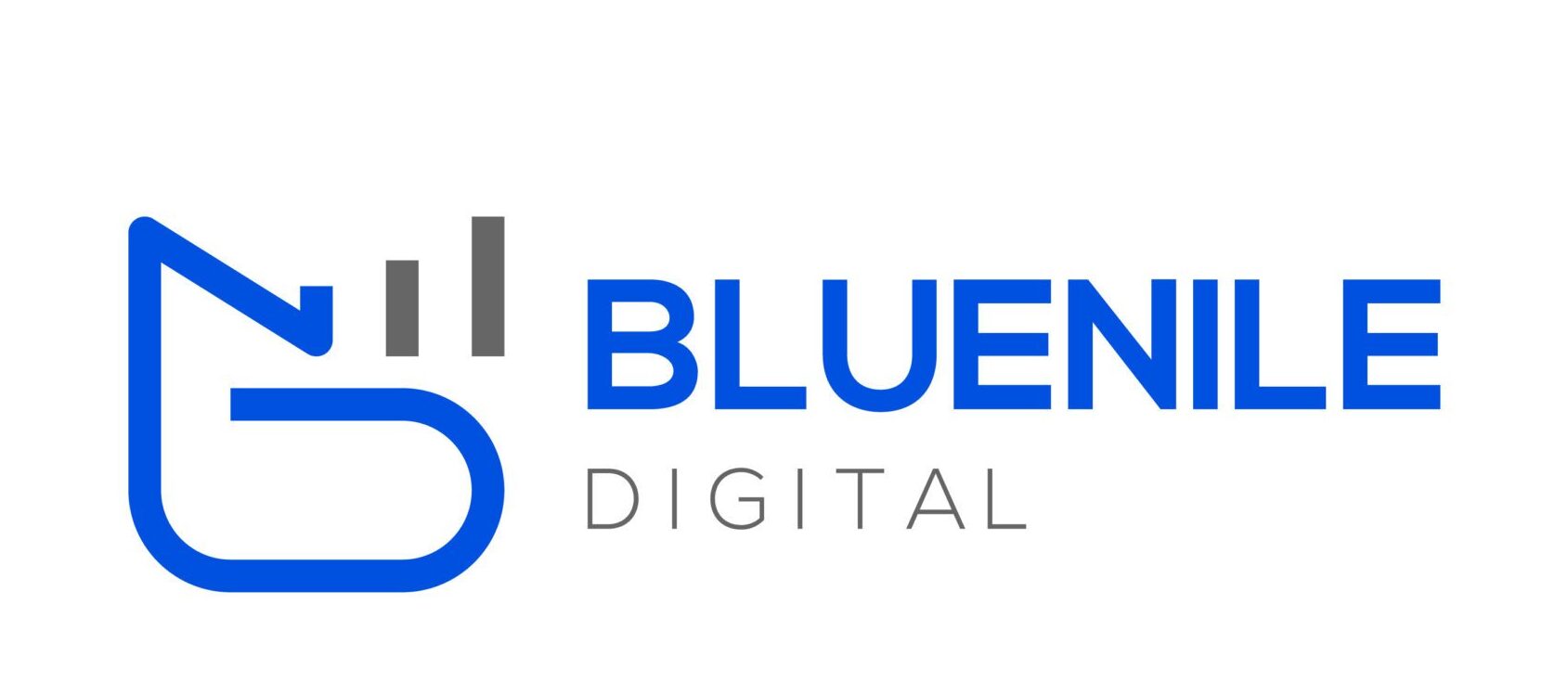
The Power of a Great Website Design
In the fast-paced digital age, having an online presence is no longer a luxury but a necessity. Whether you’re a business owner, a creative professional, or simply an individual with a passion to share, a well-crafted website can be your most potent asset. This one-page blog explores the immense power of a good website and how it can benefit you in countless ways.
1. First Impressions Matter: Your website is often the first interaction a potential customer or visitor has with your brand or ideas. A clean, intuitive, and visually appealing design not only captures their attention but also communicates professionalism and reliability. It’s your digital storefront, and a good first impression can make all the difference.
2. 24/7 Accessibility: Unlike a physical store or office, your website is accessible around the clock, allowing people from different time zones to learn about your products or ideas and make purchases or engage with your content at their convenience. This accessibility can significantly expand your reach.
3. Credibility and Trust: A well-designed and regularly updated website conveys trust and credibility. It shows that you’re invested in your online presence, which can boost your reputation and make potential customers feel more comfortable doing business with you.
4. Global Reach: The internet knows no bounds. A good website has the potential to reach a global audience. Whether you’re selling handmade crafts or sharing your expertise, your website can connect you with people from all corners of the world.
5. Content Showcase: Websites offer a perfect platform for showcasing your content, be it blog posts, videos, podcasts, or photography. Regularly updated content not only keeps your audience engaged but also establishes you as an authority in your field.
6. Marketing Hub: Your website can serve as the central hub for all your marketing efforts. You can link your social media profiles, email marketing campaigns, and other promotional channels to your website. This streamlined approach makes it easier to measure and optimize your marketing strategies.
7. Data and Analytics: A good website allows you to collect invaluable data and insights about your audience, such as their preferences, demographics, and behavior. This data can guide your decision-making, helping you refine your offerings and marketing strategies.
8. E-commerce Opportunities: If you’re in the business of selling products or services, a well-structured e-commerce website can open up new revenue streams. With secure payment gateways and a user-friendly interface, you can facilitate transactions and build a loyal customer base.
9. Adaptability and Growth: Websites are flexible and adaptable. As your business or ideas evolve, your website can evolve with them. It can accommodate new features, expand product offerings, or rebrand to keep up with changing trends and customer needs.
10. SEO and Visibility: Good websites are optimized for search engines, making them more visible to users searching for related information or products. This boosts organic traffic and reduces the need for extensive paid advertising.
In conclusion, a good website is an essential tool in the modern world. It’s your digital identity, your marketing platform, and your global storefront. It can help you build trust, reach new audiences, and unlock opportunities for growth. If you haven’t already harnessed the power of a good website, now is the time to do so. It’s an investment that will undoubtedly yield long-term dividends for your business or personal brand.

